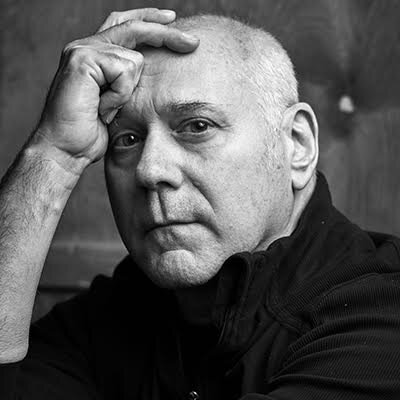Inner Enchantments (1991)
/This week we arrive in 1991, and look at the first of three solos that Peggy commissioned from dancer and choreographer, Molissa Fenley.
“Like all of the solos I commissioned from her, Molissa Fenley’s Inner Enchantments is a dance she made with the intention that both she and I would have it in our repertoires. Mo stayed at least one rehearsal ahead choreographically so she could work at her own pace and then teach me the material she had formalized, always dancing with me. I loved that, because her impulses were very different from mine and emulating her gave me a way of getting closer to her style.
Inner Enchantments is danced to Music in Twelve Parts: Part 1 by Philip Glass and it uses landmarks in the music as entry or completion points for choreographic sequences that unfurl over a minute or longer. The movement phrasing remains open, so as Mo and I danced together we would fall in and out of sync.
When I arrived at rehearsal the first day after she had completed the dance, Mo told me in a kind of off-hand way that Phil was coming to watch me do a run-through. I immediately began to panic. I barely knew the choreography and the thought of dancing alone for Philip Glass - to his music! - was terrifying, so Molissa agreed to dance with me. It was still terrifying, but also sensational! Phil loved seeing us dance together, our offset timing, the concentric circles of our floor patterns, the contrast in our physiques and physicalities. His response inspired me to invite Molissa to dance the premiere in Toronto as a duet, and upon seeing that duet, Cathy Levy invited us to dance together at the Canada Dance Festival. From that point on, Molissa and I each performed Inner Enchantments as a solo, though in my own performances the choreographer and the composer never failed to be present as a kind of afterglow.” - PB
Of this first commissioned solo, Molissa writes “Inner Enchantments is composed of two distinct movement/spatial phrasings: phrases that take place close in and around the body (an inner world) and expansive phrases that take place along the wide perimeter of the circle enclosing that inner space. The phrases are of pure movement and yet danced by Peggy with her very exact physical execution merged with her emotionality and spirit of generosity, a dance of possible mystery and magic is created. She immerses herself in the underlying internal and expresses to us that appearance in a joyful realization.”
Find out more about Molissa Fenley’s childhood and career in Dance Icons here.
Read more about Philip Glass’ bond with dance in Dance Magazine here.
















